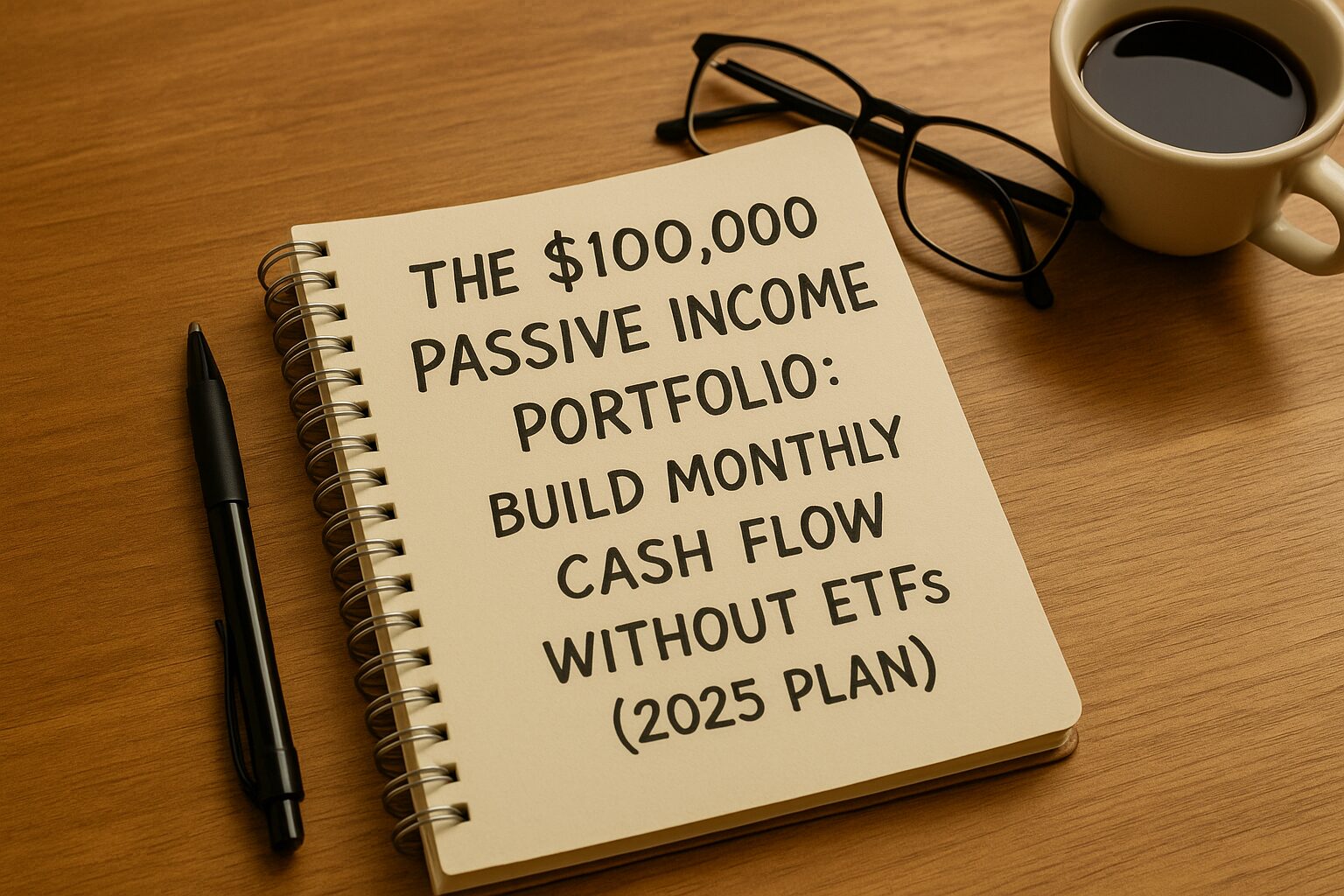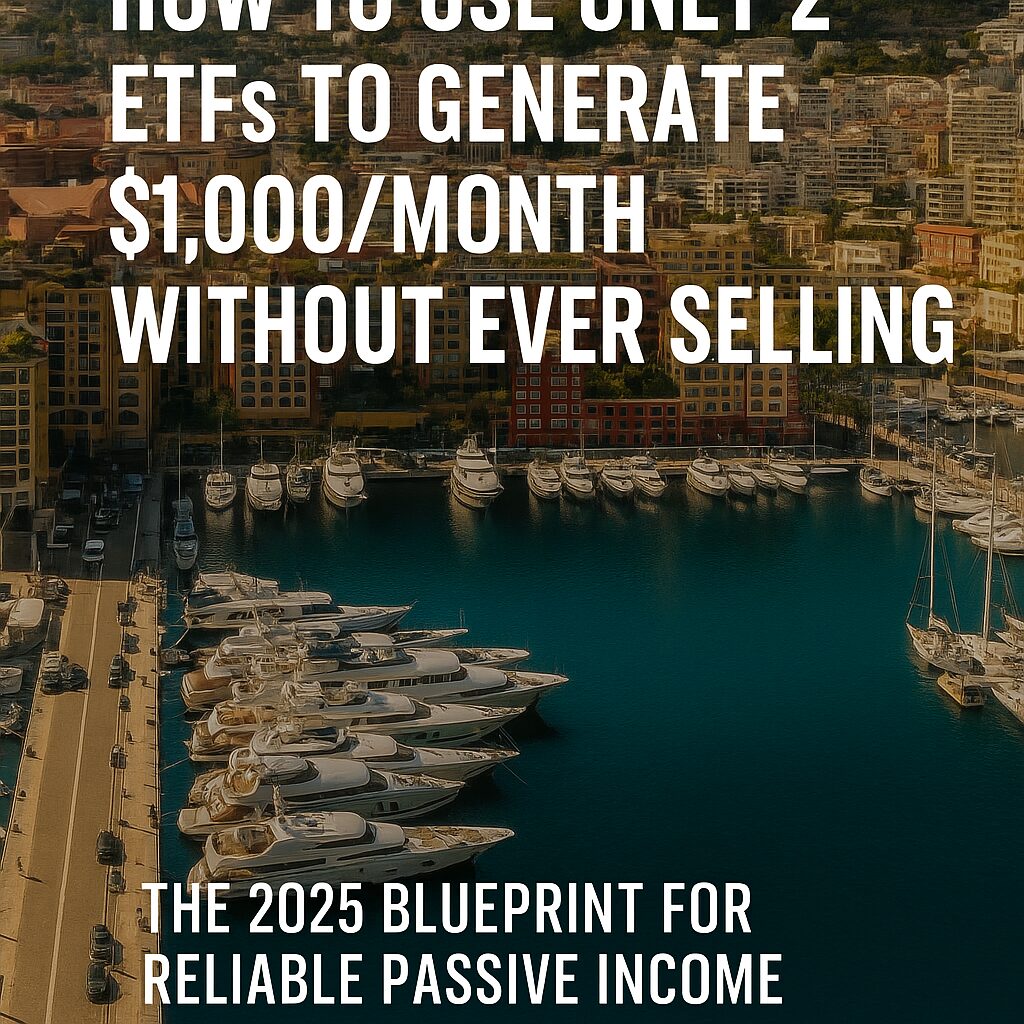In a world where inflation erodes savings and traditional bank accounts offer little to no return, building a consistent monthly income stream has become a top priority for many global investors. ETFs (Exchange-Traded Funds) that pay monthly dividends in U.S. dollars present one of the most accessible and sustainable ways to generate passive income, especially for those living abroad or planning early retirement.
This 2025 guide reveals five top-performing monthly dividend ETFs that allow you to earn in dollars, receive consistent payouts, and grow your wealth without selling a single share.
Why Monthly Dividend ETFs?
Monthly dividend ETFs are designed to provide investors with regular, predictable income. Unlike quarterly or annual dividend payouts, monthly payments align with most people’s budgeting needs—especially retirees and digital nomads who rely on steady cash flow.
Key Benefits:
- Consistent Income: Get paid every 30 days
- USD Exposure: Ideal for non-U.S. residents earning in dollars
- Liquidity: ETFs trade like stocks and are easy to buy/sell
- Diversification: Built-in exposure to dozens or hundreds of companies
- Automatic Reinvestment: DRIP (Dividend Reinvestment Plans) amplify long-term growth
What to Look for in a Monthly Dividend ETF
Before selecting an ETF, evaluate these critical factors:
- Yield: Look for yields between 4% to 8%, but avoid excessively high yields that may be unsustainable
- Consistency: Has the fund paid monthly dividends reliably over 5+ years?
- Diversification: Does it cover a wide range of sectors or asset classes?
- Expense Ratio: Lower is better; aim for under 0.75%
- USD Payout: Confirm the fund pays dividends in U.S. dollars
The Top 5 Monthly Dividend ETFs (2025)
1. JEPI – JPMorgan Equity Premium Income ETF
- Yield: ~7.5%
- Highlights: Combines high-quality U.S. stocks with covered call strategies for enhanced income
- Ideal For: Conservative investors seeking income + capital stability
2. QYLD – Global X Nasdaq-100 Covered Call ETF
- Yield: ~12%
- Highlights: Writes covered calls on the Nasdaq-100 index to generate income
- Ideal For: High-yield seekers willing to trade off growth potential
3. O – Realty Income (REIT ETF Alternative)
- Yield: ~5.1%
- Highlights: Not an ETF but an ultra-reliable monthly dividend REIT often used in ETF-like portfolios
- Ideal For: Investors wanting exposure to real estate and predictable income
4. PGX – Invesco Preferred ETF
- Yield: ~6.1%
- Highlights: Focused on preferred stocks, a hybrid between bonds and equities
- Ideal For: Yield-focused investors seeking less volatility
5. HYLD – High Yield ETF from Exchange Traded Concepts
- Yield: ~9%
- Highlights: Targets high-yield U.S. corporate bonds
- Ideal For: Fixed-income investors who want monthly payouts
Building a Diversified Monthly Dividend ETF Portfolio
You can combine multiple ETFs from different sectors to create a steady and resilient monthly income stream. Here’s a sample allocation:
| ETF | Allocation | Yield |
|---|---|---|
| JEPI | 30% | 7.5% |
| QYLD | 20% | 12.0% |
| O | 20% | 5.1% |
| PGX | 15% | 6.1% |
| HYLD | 15% | 9.0% |
Blended Yield: Approx. 7.6%
Monthly Income Example:
If you invest $250,000, you can potentially earn $19,000/year or ~$1,583/month in passive income.
Tax Considerations for International Investors
If you’re not a U.S. citizen, your dividends may be subject to withholding tax (usually 15% to 30% depending on your country). Here’s how to optimize:
- Use tax-advantaged accounts in your home country
- Check for tax treaties between your country and the U.S.
- Use ETFs based in your country that hold U.S. dividend assets indirectly (e.g., Irish-domiciled ETFs for EU residents)
Final Thoughts: Reliable Income, Globally Accessible
Monthly dividend ETFs offer a scalable way to build passive income from anywhere in the world. Whether you’re a remote worker, early retiree, or simply someone tired of relying on savings accounts, these ETFs can offer a smoother, dollar-based income path.
Start small, stay consistent, and reinvest wisely—your future self will thank you.


